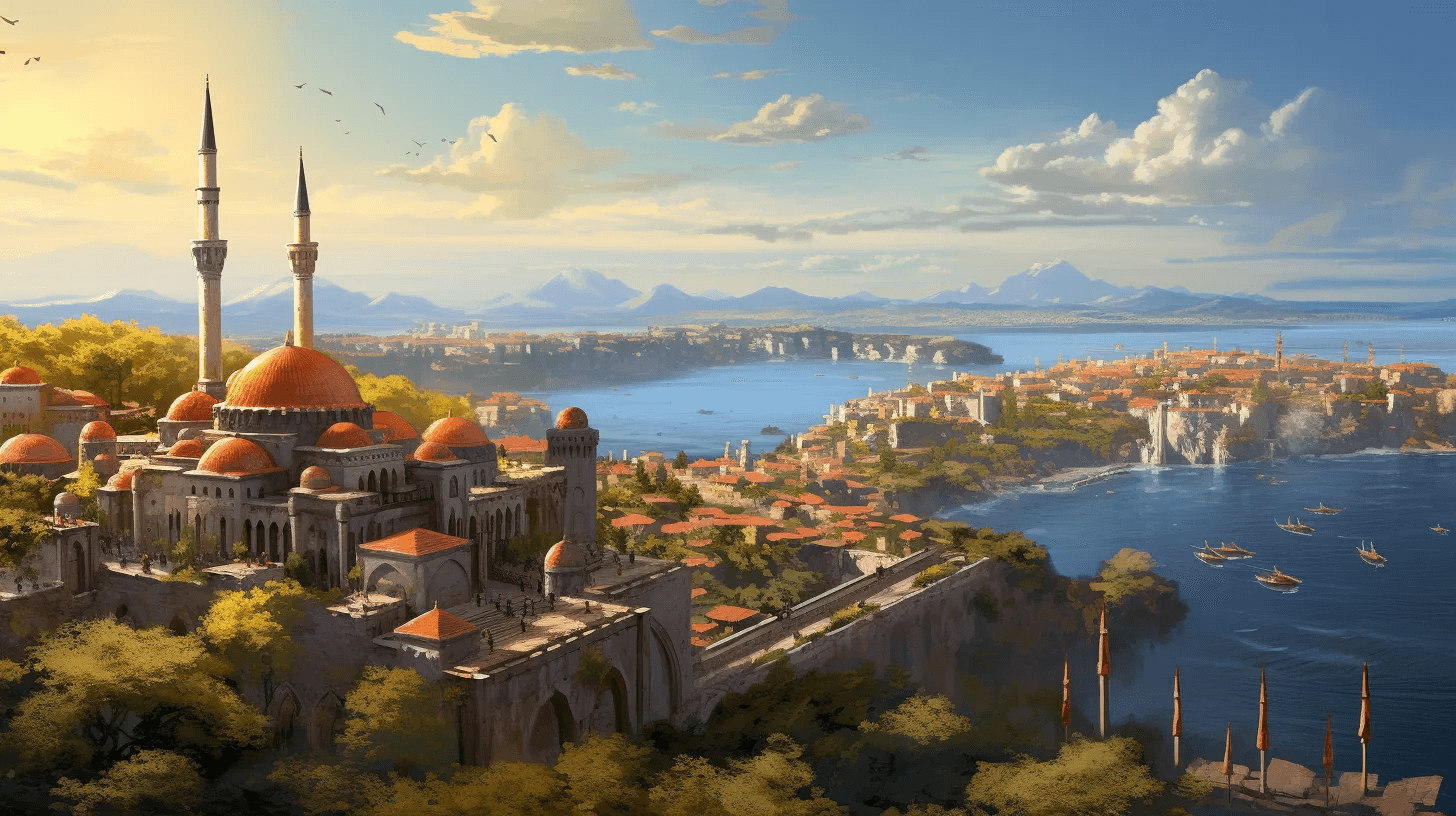
Byzantine Empire: Artifacts from the Lasting Legacy of the Eastern Roman Empire (330CE - 1453CE)
Venture into the world of Byzantium with our collection of authentic artifacts. Experience the splendor of an empire that stood as a beacon of art, culture, and faith for over a millennium.
The Byzantine Empire - the continuation of the Roman Empire in its eastern provinces, flourishing from the foundation of Constantinople in AD 330 until its fall in 1453. This era is celebrated for its religious fervor, architectural wonders, and the preservation of classical knowledge.
Key Highlights:
- Orthodox Christianity: The Byzantine Empire was the heartland of Eastern Orthodoxy, with the Hagia Sophia standing as a testament to its religious devotion.
- Iconoclasm: A significant period marked by the debate over the use of religious images, leading to widespread destruction and later restoration of icons.
- Byzantine Art: Renowned for its mosaics, frescoes, and illuminated manuscripts, Byzantine art is characterized by its spiritual depth and gold backgrounds.
- Defensive Fortifications: The Theodosian Walls and other fortifications protected Constantinople and other key cities from numerous sieges.
Regions: The Byzantine Empire, at its zenith, spanned diverse territories:
- Anatolia: The Asian heartland of the empire, which faced invasions from Arab, Seljuk, and later Ottoman forces.
- Balkans: Including regions like Greece, Bulgaria, and Serbia, which saw both Slavic migrations and Byzantine cultural influence.
- Eastern Mediterranean: Encompassing the Levant, Cyprus, and parts of North Africa.
Valued Materials: The Byzantines, with their rich cultural and trade heritage, prized various materials:
- Gold: Extensively used for coinage (notably the solidus), jewelry, and religious artifacts.
- Marble: Employed in constructing churches, palaces, and public buildings.
- Silk: A valuable commodity in trade, used for clothing and ceremonial robes.
- Ivory: Utilized for crafting icons, diptychs, and luxury items.
Relevant Time Periods: The history of the Byzantine Empire can be divided based on dynastic rules and significant events:
- Early Byzantium (c. 330–610): From the foundation of Constantinople to the early challenges from Persians and Avars.
- Iconoclast Era (c. 730–843): Marked by the controversy over religious icons and their eventual restoration.
- Macedonian and Komnenian Dynasties (c. 867–1204): A period of military and cultural revival, leading up to the tragic Fourth Crusade.
- Late Byzantium (c. 1261–1453): From the reconquest of Constantinople to its eventual fall to the Ottoman Turks.
Step into our curated collection of Byzantine artifacts, each echoing tales of emperors, patriarchs, and the daily life of Byzantine citizens. From ornate icons depicting saints to intricate jewelry and coinage, immerse yourself in the rich heritage of an empire that bridged the ancient and medieval worlds.




